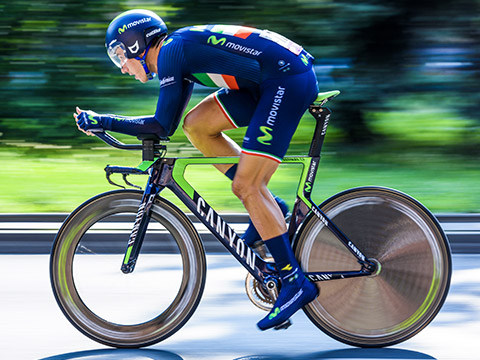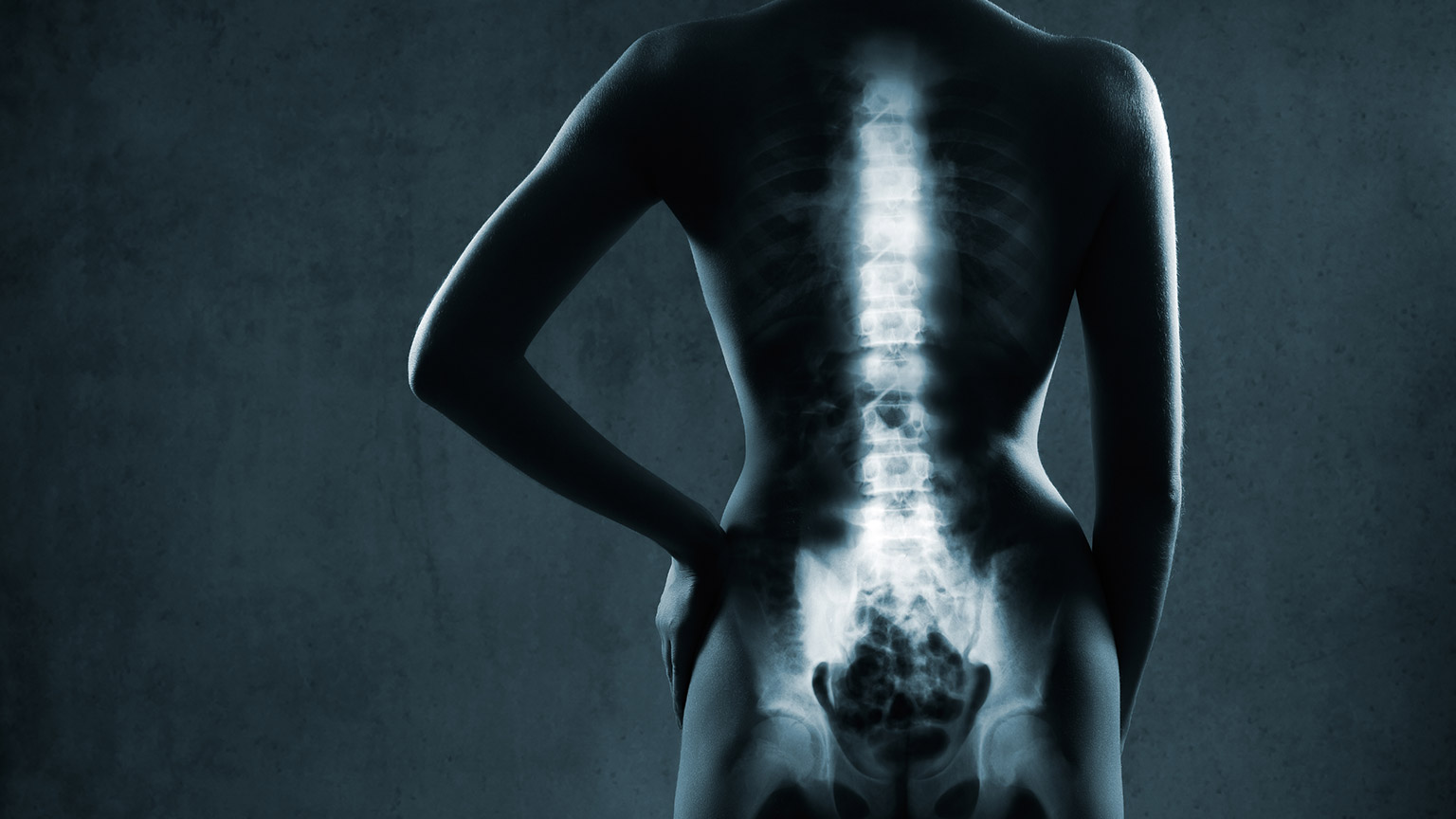Let’s gain some understanding of how we, as individuals, hold ourselves up against gravity, how our body parts are aligned and how they move. We’ll explore the common issues that exist in clients due to the way they have developed and grown, the way their environment and daily behaviours have shaped them and the way in which their sports and activities have impacted on their bodies.
Great posture never goes out of style.Cindy Ann Peterson
Achieving good posture is essential for overall health and well-being. Good posture not only looks great but also helps to alleviate pain and discomfort associated with poor posture. However, maintaining proper posture is also crucial when performing exercises.
Good posture helps to distribute the weight evenly across the body, allowing your clients to perform exercises more efficiently and effectively. In addition, maintaining proper posture during exercise enables you to check for errors in technique and make adjustments as needed.
As a trainer, you can ensure that your client is using the correct form and technique to prevent injury and maximise the benefits of their workout. So, while achieving good posture is great, proper posture is also important during exercise for optimal performance and safety.
The Merriam-Webster (n.d.) describes posture as “the position or bearing of the body whether characteristic or assumed for a special purpose”. In essence, your posture refers to the way your body parts align with respect to gravity, your centre of mass, and your base of support.
It is crucial to understand which muscles work on your bones and joints to maintain proper alignment efficiently. This is one of the key takeaways when learning about posture.
Poor posture has been implicated in chronic pain, headaches, increased risk of injury, poor balance joint degeneration, impaired digestion and breathing and spinal disfunction (Harvard Medical School, 2021).
Reasons for common postural misalignments can usually be traced back to one of three core issues.
These include:
- Genetics
- Environment
- Repeated activity.
Genetics
Some of us are just born different! The skeletal structure can be something you inherit from your recent lineage. The width of your hips, the angle at which your bones insert into your joints and the curvature of your spine can all be influenced by your genetic make-up. Wilkinson and Zeggini (2021) suggest that while genetics can affect joint structure across the body, the hip and pelvis are the most common site for established pathological variation in joint shape. Given the location of the hip and the load-bearing nature of the joint, the associated effects of these genetic differences can have wide-ranging effects on other joint alignments in the body. It is extremely difficult to counter genetic issues with exercise, although some improvement in alignment is possible through the prescription of a targeted exercise programme.
Environment
Modern living sees us sitting more than we ever have before. Not only are we sitting, but we are also engaging with technology far more than previous generations. Whether this be for work or enjoyment, the amount we are sitting (and the way we are sitting) has an undeniable effect on our body alignment.
This causal factor can also be related to the furniture or equipment we use regularly. For example, someone who has a low workbench or counter-top may adopt a stoop like stance, while some sofas and chairs may encourage a less than optimal sitting position (e.g. La-Z-boy chairs or reclining sofas).
Click the arrows below the following images to view examples of how our environment can have us adopt poor posture.
Repeated Activity
The nature of a person’s job or the sport or activity they regularly do may also result in imbalances that can affect their posture. Hockey players are often bent forward over the ball. One-limb dominant athletes like tennis players or baseball pitchers will create imbalances between the dominant and non-dominant sides of their bodies. Courier and truck drivers spend the best part of their day sitting, which can lead to chronic shortening of muscles. Other workers involved in repetitive tasks are likely to develop imbalances, e.g. someone who works a shovel all day.
Click the arrows below the following images for some of these examples.
These terms help categorise body alignment issues so we can best determine how, or if, we should attempt to correct them.
Structural Issues
Structural issues refer to those that are simply present due to the way your skeleton has developed. These are often genetic issues that are to do with your bone shape and joint structure. Trying to correct these through exercise may cause additional problems as you try to force a change that simply can’t happen.
The following image is an example of scoliosis, a common structural issue.

Functional Issues
Functional issues are those that relate to muscular imbalances. These have usually either come about through your:
- daily behaviours or lifestyle (work and relaxation)
- the environment you live in
- the type of physical activity you have performed (e.g. a cyclist bent over the handlebars for thousands of hours of training).
These alignment issues are usually muscular in nature. For instance, some muscles may have tightened over time while others have weakened. Functional issues are usually able to be corrected with targeted exercise.
The following image depicts the body positioning adopted by a cyclist that could potentially lead to muscle imbalance.

FUN FACT
Not all muscular imbalances are necessarily problematic. In fact, some muscle imbalances created through years of playing a sport could be beneficial to performance (or at the very least are not detrimental to performance).
A review paper by Afonso et al (2022) explored the effect of bilateral asymmetry (imbalance) on sporting performance and injury risk. It concluded that while bilateral asymmetries are prevalent in many sports, they do not seem to impair performance, and there was no evidence to suggest that they increase injury risk.
Check out the following example of a left-handed tennis player, Rafael Nadal, with much greater musculature on the dominant arm.

Your role as a personal trainer does not involve diagnosing injuries, and the purpose of the functional testing is not aimed at diagnosis either.
It is essential to leave diagnoses and initial rehabilitation to health professionals such as doctors and physiotherapists. Building strong referral networks can often result in clients being sent back to you once a diagnosis and initial rehabilitation strategy has been established.
Functional tests are designed to assist you in identifying the likely cause of misalignment, whether functional or structural, rather than diagnosing injuries. These tests will help you identify the specific muscles that require corrective work, which you can then address within a personal training setting.
As a personal trainer, you should focus on correcting functional muscle imbalances to improve alignment. While various corrective devices and strategies are available, it's important to stay within your scope of practice. This means your primary goal is to strengthen weak muscles and stretch tight muscles. To achieve this, you'll need to develop skills in identifying specific weak or tight muscles, which will form the foundation of your targeted exercise programs. By taking this approach, you can ensure that your clients receive personalized and effective training tailored to their individual needs.
Test Your Knowledge
How well did you grasp the key concepts? Put your knowledge to the test. Take this quiz to assess your understanding of this topic's key concepts and terms.
